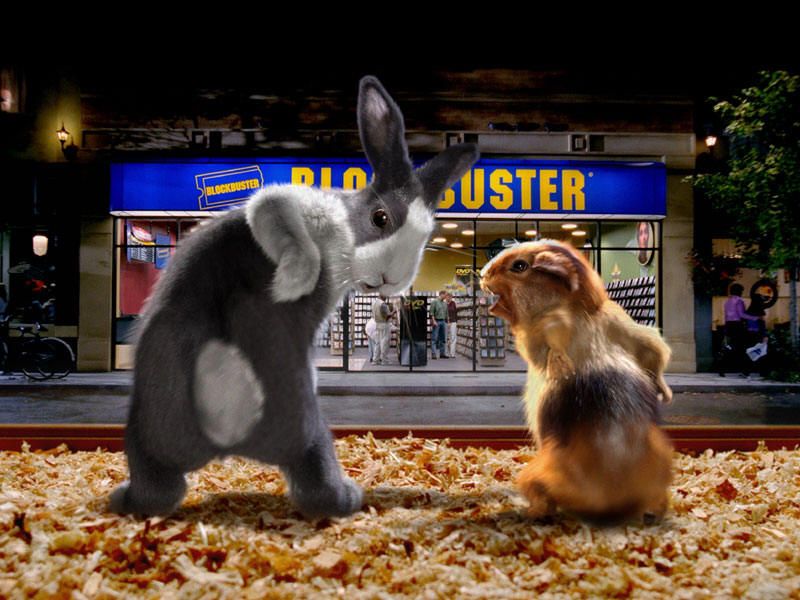
Charlotte’s Web was one of my favorite books as a child and I also enjoyed the movie version as an adult. It’s the story of a spider who saves Wilbur, a farmyard pig, from slaughter by weaving the words “Some pig,” “Terrific,” “Radiant” and “Humble” into her web. While Wilbur may be a fictional character, real pigs are amazing animals. According to Heather Moore, senior writer for People for the Ethical Treatment of Animals http://www.goveg.com/ pigs have more than 20 vocalizations for different situations. Newborn piglets learn to run to their mothers’ voices, and mother pigs sing to their young while nursing (just like I did when I was breastfeeding my son!). Pigs snuggle close to one another and prefer to sleep nose to nose. In their natural surroundings, pigs will spend hours playing, sunbathing and exploring just like the pigs I saw at Farm Sanctuary http://www.farmsanctuary.org/ in Orland, CA.
Biologist and Johannesburg Zoo director Lyall Watson writes in his 2004 book The Whole Hog, “I know of no other animals that are consistently curious, more willing to explore new experiences, more ready to meet the world with open mouthed enthusiasm. Pigs, I have discovered, are incurable optimists and get a big kick out of just being.” When my son and I visited Farm Sanctuary, several of the pigs walked over to us and rubbed their snouts against our legs (their way of saying “hello”).
Pigs are thought to have intelligence beyond that of an average 3-year-old child. Professor Stanley Curtis of Pennsylvania State University found that pigs can even play joystick-controlled video games and are “capable of abstract representation.” Dr. Curtis believes that “there is much more going on in terms of thinking and observing by these pigs than we would ever have guessed.”
Pigs who aren’t confined to mind-numbing conditions on factory farms are clever, charismatic, curious, active, playful animals who enjoy life just as we do. James Cromwell, who played Farmer Hogget in the movie Babe, was so moved by the intelligence, sense of fun and personalities of the animals he worked with that by the end of the film he could no more eat a pig than he could eat his neighbor. Unfortunately, most of the 800 or so animals used in Babe, including the series of baby pigs who ‘played’ the title character, were sent to slaughter.
Pigs are thought to have intelligence beyond that of an average 3-year-old child. Professor Stanley Curtis of Pennsylvania State University found that pigs can even play joystick-controlled video games and are “capable of abstract representation.” Dr. Curtis believes that “there is much more going on in terms of thinking and observing by these pigs than we would ever have guessed.”
Pigs who aren’t confined to mind-numbing conditions on factory farms are clever, charismatic, curious, active, playful animals who enjoy life just as we do. James Cromwell, who played Farmer Hogget in the movie Babe, was so moved by the intelligence, sense of fun and personalities of the animals he worked with that by the end of the film he could no more eat a pig than he could eat his neighbor. Unfortunately, most of the 800 or so animals used in Babe, including the series of baby pigs who ‘played’ the title character, were sent to slaughter.
Despite the popularity of Charlotte’s Web and Babe, as well as the evidence of these animals’ intelligence and personality, the public has not yet fully absorbed the message that pigs are individuals, not food. On any given day in the U.S., there are approximately 60 million pigs living in filthy factory farms. A hundred million are killed for food every year.
Off the movie screen, mother pigs spend most of their lives in ‘gestation crates’ 7 feet long by 2 feet wide—so small they cannot turn around and can barely lie down. Pigs live constantly in their own feces, vomit, and urine. Pigs never see sunlight, or feel grass. The rank and nauseating atmosphere inside the sheds, a build up of noxious gasses as the feces, vomit, and urine accumulate, is so powerful that pilots, 3 miles up, can smell it, according to an article in Rolling Stone (Dec. 14, 2006). Imagine what the pigs, whose noses are far more sensitive than ours, suffer. Piglets are taken away from their mothers when they are as young as 10 days old. They’re packed into tiny overcrowded pens to be raised for breeding or for meat. As a result, many pigs display neurotic behavior such as cannibalism and tail-biting, so farmers use pliers to break off the ends of piglets’ teeth and chop off their tails so they will not savage each other—all without painkillers. Once her piglets are gone, each sow is impregnated again, and the vicious cycle continues for three or four years before she is slaughtered.
Each and every one of these pigs is “some pig,” capable of suffering, fear and sadness. If you’ve forgotten the empathy you felt for animals destined for slaughter when you read Charlotte’s Web asn a child, see the movie and ask yourself why you eat “extraordinary” pigs like Wilbur. You don’t need to weave an intricate web to save pigs—just make a few different choices when sitting down to eat.
Each and every one of these pigs is “some pig,” capable of suffering, fear and sadness. If you’ve forgotten the empathy you felt for animals destined for slaughter when you read Charlotte’s Web asn a child, see the movie and ask yourself why you eat “extraordinary” pigs like Wilbur. You don’t need to weave an intricate web to save pigs—just make a few different choices when sitting down to eat.
Sources: New York Times Magazine (Nov. 10, 2002), PETA http://www.goveg.com/, Farm Sanctuary http://www.farmsanctuary.org/, and Suki Falconberg Ph.D.




No comments:
Post a Comment